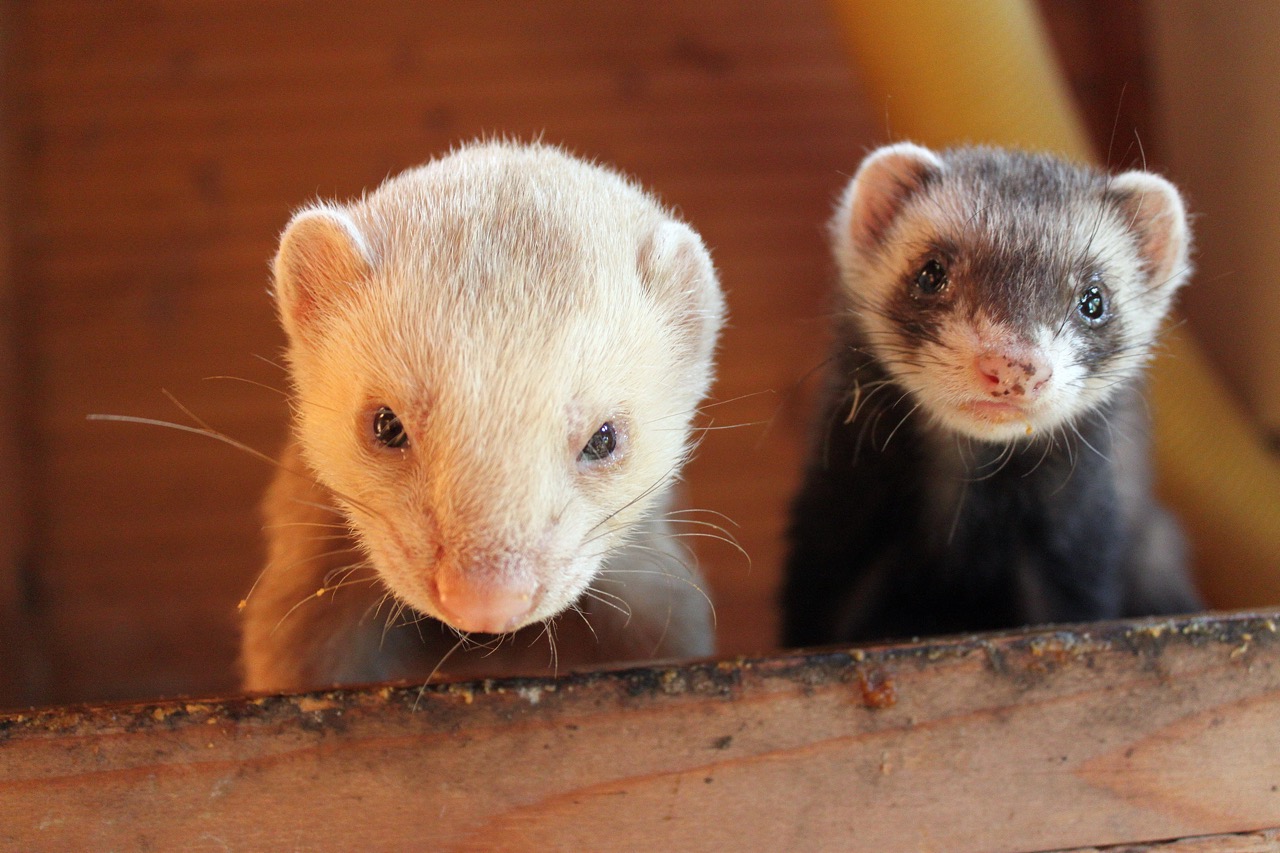Keeping a ferret as a pet can be a rewarding experience, but it comes with its own set of responsibilities. One of the most crucial aspects of ferret care is maintaining a clean and odor-free living environment. Ferrets are playful, curious creatures, but they can also be prone to odors if their living space is not properly maintained. Regular cleaning not only ensures your pet’s health and well-being but also contributes to a more pleasant atmosphere in your home. In this article, we’ll discuss the importance of a clean ferret cage, the supplies you’ll need, a step-by-step guide for effective cleaning, and tips for maintaining a fresh environment.
Understanding the Importance of a Clean Ferret Cage
A clean cage is vital for the health and happiness of your ferret. Ferrets are naturally curious and spend a significant amount of time in their cages, so it is essential to provide them with a safe and sanitary space. Dirty cages can lead to various health issues, including skin infections, respiratory problems, and gastrointestinal diseases. Regular cleaning helps prevent the buildup of harmful bacteria and parasites that might otherwise affect your ferret’s health.
Moreover, a filthy environment can lead to behavioral problems. Ferrets are clean animals by nature and prefer a tidy space; therefore, a dirty cage may stress your pet and lead to unhygienic behaviors, such as selective littering or refusing to use their litter box. This can further exacerbate odor issues and create a cycle of uncleanliness. Keeping their habitat clean not only promotes their physical health but also their emotional well-being.
Lastly, maintaining a clean cage can enhance your relationship with your ferret. A well-cared-for living space allows for more playtime and bonding opportunities. You’ll be happier knowing your ferret is living in a clean environment, and your ferret will thrive in a space that reflects the love and care you provide.
Essential Supplies for Effective Cage Cleaning
To effectively clean your ferret’s cage, you’ll need a few essential supplies. First, a scoop for removing waste is crucial. A small litter scoop with a fine mesh will help you efficiently eliminate soiled litter and food remnants without disturbing the entire setup. Additionally, a cleaning brush or sponge will be necessary for scrubbing down surfaces to remove stubborn stains and odors.
Next, you’ll require cleaning agents. Avoid harsh chemicals that could irritate your ferret’s skin or respiratory system. Instead, opt for natural, pet-safe cleaners or a simple solution of white vinegar and water, which is effective at neutralizing odors and disinfecting surfaces. A spray bottle can help you easily apply your cleaning solution to various surfaces within the cage.
Finally, consider investing in high-quality bedding and litter materials. Opt for absorbent bedding made from fleece or other soft fabrics, as these are easy to wash and help trap odors. For litter, choose a type that is both absorbent and easy to clean, such as paper-based or aspen shavings, which can help reduce mess and maintain a cleaner habitat.
Step-by-Step Guide to Cleaning Your Ferret’s Cage
To ensure a thorough cleaning of your ferret’s cage, follow this step-by-step guide. Begin by removing your ferret and placing them in a safe, temporary environment. This could be a playpen or a designated space where they can explore without the risk of escape or injury. Once your ferret is safely situated, take out all bedding, toys, and accessories from the cage.
Next, using your scoop, remove any soiled litter and waste, then dispose of it properly. After that, it’s time to scrub down the cage itself. Spray your chosen cleaning solution onto all surfaces, including the walls, shelves, and bottom of the cage. Let the solution sit for a few minutes to disinfect, then use a brush or sponge to scrub away any grime or stains. Rinse thoroughly with water, ensuring no cleaning solution residue remains.
Finally, dry the cage completely before replacing the bedding and any accessories. Add fresh litter and ensure all toys are clean and dry before returning them to the cage. Once everything is in place, reintroduce your ferret to their fresh environment. This cleaning routine should be conducted at least once a week, with spot cleaning performed daily to maintain hygiene.
Tips for Maintaining a Fresh and Odor-Free Environment
To keep your ferret’s cage odor-free between cleanings, consider implementing a daily spot-cleaning routine. This involves quickly removing soiled litter, uneaten food, and any waste immediately when noticed. A consistent routine will prevent odors from building up and maintain a more pleasant environment for both you and your pet.
Another effective strategy is to monitor the food you provide. Some diets may lead to increased odor, so pay attention to how your ferret’s diet affects the smell of their waste. Ensure you are offering a high-quality ferret food and avoid overfeeding, as uneaten food can contribute to odor problems. Additionally, ensure that any uneaten food is promptly discarded to prevent spoilage and odor development.
Lastly, consider providing your ferret with a designated potty area within their cage. Using a litter box filled with suitable litter can help minimize mess and make cleaning easier. Encourage your ferret to use this area by placing it in a corner where they often go, and reward them for using it. This can significantly reduce the amount of cleaning needed and help keep odors at bay.
Maintaining a clean and odor-free cage for your ferret is an essential part of responsible pet ownership. By understanding the importance of cleanliness, utilizing the right supplies, following a structured cleaning routine, and implementing effective maintenance tips, you can create a safe and enjoyable environment for your furry friend. Regular attention to their habitat not only keeps your ferret healthy but also enhances your bond, ensuring both you and your pet can enjoy a happy and harmonious life together.










